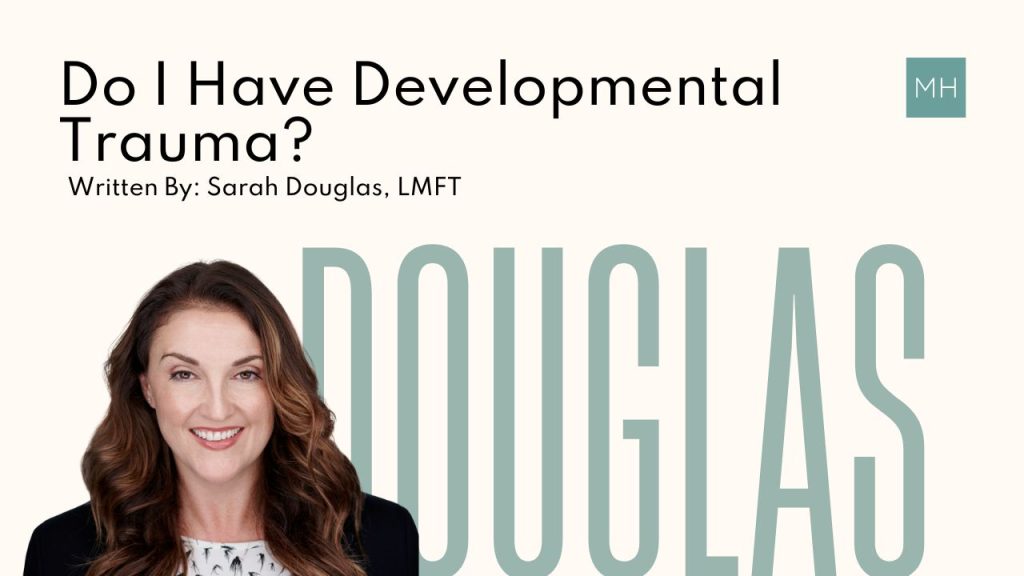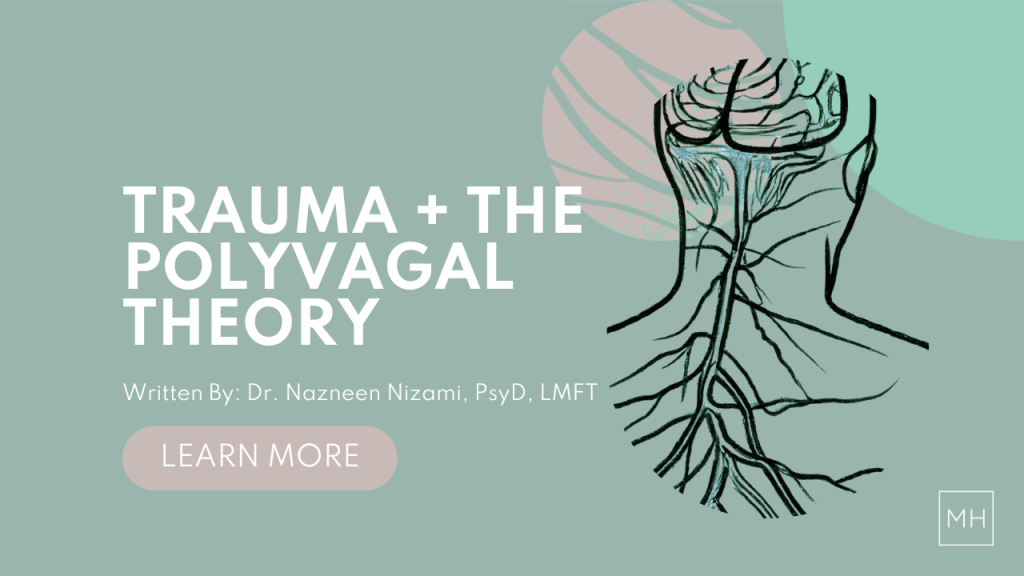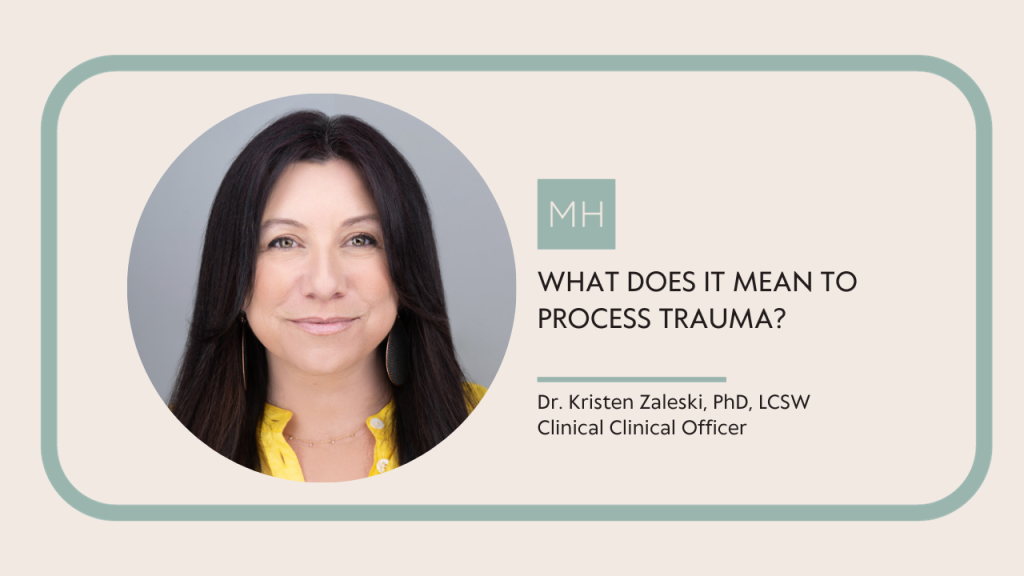Written by: Sarah Douglas, LMFT :: Trauma Program Manager
Often clients arrive to in treatment with a host of symptoms and have been given a long list of diagnoses, sometimes including Post Traumatic Stress Disorder (PTSD). While the description of PTSD in the DSM V captures the typical symptoms associated with event trauma, its fails to accurately describe the impact of developmental trauma or complex PTSD. However, some clients arrive in treatment thinking that they have never experienced trauma.
WHAT IS DEVELOPMENTAL TRAUMA?
Developmental trauma refers to the psychological and emotional harm that occurs as a result of chronic or repeated adverse experiences during a child’s early development, especially in relationships with caregivers. Unlike a single traumatic event (such as a car accident), developmental trauma typically involves ongoing exposure to stressful, neglectful, or abusive environments, particularly during critical periods of emotional and neurological development. The challenges experienced by people who have experienced developmental trauma can span several diagnoses. People who have experienced developmental trauma often experience the following:
- Difficulty forming healthy relationships (attachment issues)
- Problems with emotional regulation (e.g., mood swings, aggression, numbness)
- Chronic anxiety, depression, or low self-esteem
- Dissociation or memory problems
- Risk-taking or self-harming behaviors
- Learning difficulties or problems in school
- Increased risk of physical health issues
The DSM-V does not include a formal diagnosis of developmental trauma. Instead, people are often diagnosed with Depression, Anxiety disorders, PTSD, Attachment disorders (e.g., Reactive Attachment Disorder), Borderline Personality Disorder (BPD), Obsessive Compulsive Personality Disorder (OCPD), ADHD, and oppositional behaviors (often misdiagnosed). However, none of the above diagnoses individually capture the complexity of developmental trauma.
WHY IS CURIOUSITY ESSENTIAL?
I fully recognize that curiosity is essential for all clinical work. Yet when the diagnosis is not clear or there isn’t one available, understanding the client’s unique challenges becomes necessary for treatment planning. People who have experienced developmental trauma have had to find ways to survive in unhealthy environments where they had no option to leave. These circumstances often leave people resorting to behaviors that are harmful and dangerous, yet have served a function that has contributed to survival. Human beings do not want to feel pain or suffer; quite the opposite. Often, people who have experienced developmental trauma present to treatment to get help with the above behaviors. However, I believe it is essential to be curious with clients about how these behaviors have served them in their lives. Recognizing that these behaviors may in fact have been solutions for coping with unbearable pain caused by developmental trauma.
I believe it to be essential to put on the virtual reality goggles of the client and see their reality through their lens. Only then can a clinician truly have empathy for the client while also recognizing how brave and strategic they have been to arrive at this point in their life.
DO YOU HAVE A QUESTION?
Send our team a message or call 888.717.9355




